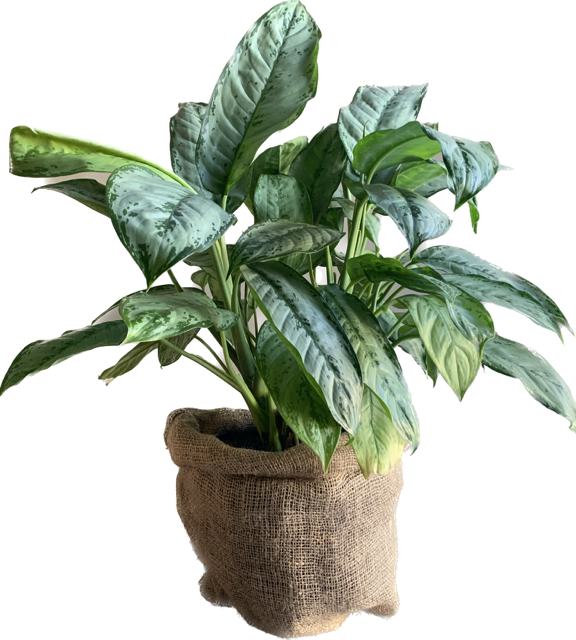
Erosion control and sediment barrier wattles are an important part of BMPs in the prevention of stormwater pollution. Most of the common wattle devices currently on the market are unfortunately made from synthetic netting which photodegrades into microplastics that end up in our water ways.
Ninety7 wattles are a new category of 100% biodegradable erosion control products made using weed-free straw encased in plant-based jute netting. Ninety7 wattles naturally biodegrade to support new vegetation and become habitat for small animals and birds in 12 to 24 months based on site conditions.

Ninety7 Wattle Applications
- Sediment Barrier
- Inlet Protection
- Check Dam
- Slope Stabilization
- Stream-bank Restoration
- Wetland Restoration
Ninety7 Wattle Properties
- Ninety7 wattles can be used in both temporary and permanent erosion control applications.
- They are denser than woven wattles which enhances filtration by forcing water to go through a thicker filter.
- They do not roll or float because they are heavy when saturated and do not allow unfiltered water to go underneath.
- Their dimensional flexibility makes them excellent for hard-to-reach places because they conform to uneven ground surfaces.
- They are a zero-waste product. They can be left in place after use to decompose or recycled to make bio-mulch.
Bio-Mulch
Unlike traditional synthetic wattles that endanger wildlife if caught in the netting, used Ninety7 wattles can be recycled into mulch for flower beds and potted plants.

Our Goal
Our goal is to provide products that are both highly effective and safe for the environment.
Professional testing has shown Ninety7 wattles to have high impoundment and energy reduction capabilities that allow for protection and sediment deposition.


Ninety7 Wattle Sizes and Anchoring
To ensure intimate contact with the ground, Ninety7 wattles should be anchored with stakes or sandbags, or a combination of the two.
Wattle Size | Diameter | Length | Lbs. Per Wattle | Minimum Stake Size | Sandbag Size |
7 in. x 5 ft. | 7 in. | 5 ft. | 10 | 1.25 in. x 18 in. | Standard |
7 in. x 10 ft. | 7 in. | 10 ft. | 15 | 1.25 in. x 18 ft. | Standard |
9 in. x 10 ft. | 9 in. | 10 ft. | 20 | 1.5 in. x 24 in. | Standard |
9 in. x 25 ft. | 9 in. | 25 ft. | 35 | 1.5 in. x 24 in. | Standard |
12 in. x 10 ft. | 12 in. | 10 ft. | 30 | 2 in. x 36 in. | Standard |
12 in. x 20 ft. | 12 in. | 20 ft. | 40 | 2 in. x 36 in. | Standard |
20 in. x 10 ft. | 20 in. | 10 ft. | 40 | 2 in. x 36 in. | Standard |
Ninety7 Wattle Benefits
To better understand the benefits of Ninety7 wattles, it’s important to see them in the context of their properties and performance.
- Sediment Retention Rate: 93.9%
- Seepage Effectiveness: 89.4%
- Impoundment Ratio Average: 109.3%
- Impoundment Length Ratio Average: 84.1%
- Reusability Rate: 70-95%
Installation
Proper installation of Ninety7 wattles is essential for maximum performance in interrupting and slowing stormwater before it enters the waterways.
Installation Guidelines
Ground preparation: Remove any rocks and debris from the desired area of installation and smooth it as much as possible.
- For slopes of <20%, the vertical spacing should be fifty feet.
- For moderate slopes of 20% to 35%, vertical spacing should be thirty feet.
- For steep slopes of 35% to 45%, vertical spacing should be between twenty feet.
Adjustments can be made for vertical rows based on soil type.
- For soft loamy soils, rows can be closer together.
- For hard rocky soils, rows can be further apart.
Maintenance
- Ninety7 wattles should be inspected as required by project specifications and following rainfall events. Split, torn, unraveling, or slumping wattles should be repaired or replaced.
- Ninety7 wattles should be maintained to provide an adequate sediment holding capacity. Sediment should be periodically removed and incorporated in the project to blend in with adjacent ground when it has accumulated to 3/4 of the wattles’ height.
Professional Testing:
- ASTM D 7208: Auburn University Stormwater Research Center
- ASTM D 7351: TRI Environmental
Certifications:
- ALDOT - Alabama Department of Transportation
- GSWCC - Georgia Soil and Water Conservation Commission
Professional Associations:
- SWCS - Soil and Water Conservation Society
Email
info@gmginconline.com
Phone
(205) 261-1163
Address
948 S Main Street
Graysville, AL 35073